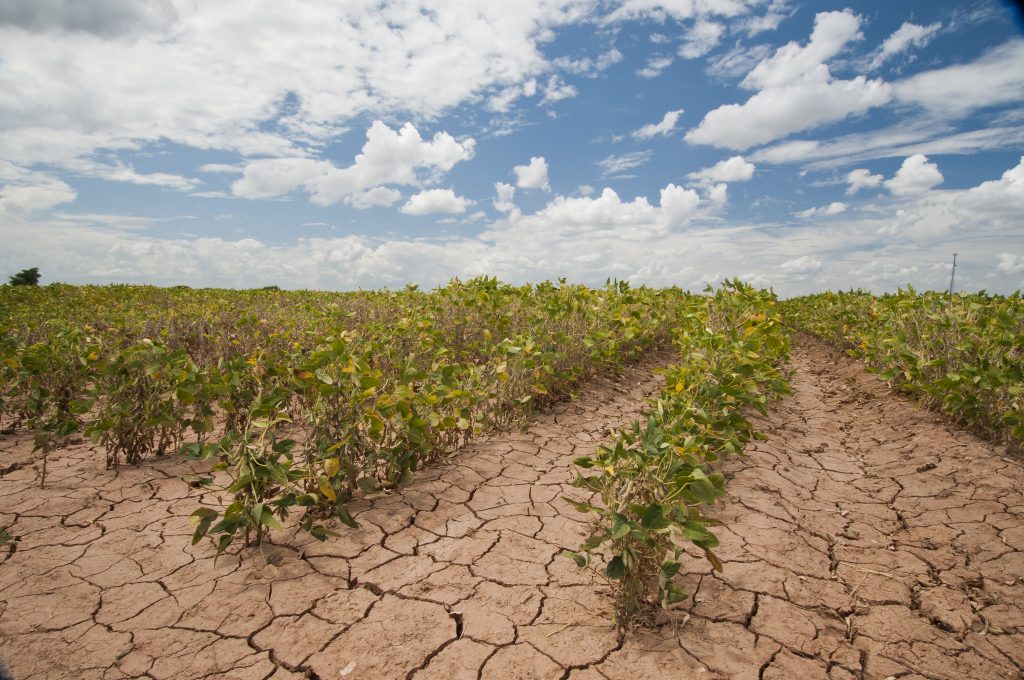
Global food demand is increasing rapidly, as are the environmental impacts of agricultural expansion. Sustainable food production requires finding the right balance between food and nutritional security while protecting the environment and addressing climate issues. Climate‐smart agriculture (CSA) has been promoted as a systematic approach for developing agricultural strategies that ensure food security in the context of climate change while maintaining the agri-food system within planetary boundaries. Since there is no one-size-fits-all practice for diverse soils, crops, and ecoregions, site-specific practices must be fine-tuned to their local biophysical context to meet the desired goals. However, a detailed quantification of the effects of different CSA practices (e.g., crop rotation, mulching and cover crops, precision irrigation and nutrient management, soil amendments, agroforestry, minimum/no tillage) and their combinations across different environmental settings and under future climate scenarios is currently missing. This makes it difficult to assess their potential to enhance crop productivity while concurrently limiting environmental degradation and curbing climate change. To tackle these challenges, a detailed understanding of coupled water, energy, carbon, and nutrient dynamics withing the soil-plant system is needed.
The SMART-AGRI project aims to quantify the benefits of different CSA practices as well as their synergies and trade-offs, across global cropland areas in a spatially-explicit manner, and identify the combinations of practices that concurrently optimize the multiple objectives of the CSA approach (crop production, climate change mitigation, and preservation of environmental resources) in different soils and ecoregions. The project will provide novel quantitative insights into the role of different CSA across a broad range of soils and ecoregions. Such context-specific knowledge is key to identify what actually constitutes “climate smartness” in different biophysical contexts across global agricultural areas and is a critical ingredient for the effective design and implementation of sustainable agricultural management. Particularly, such science-based evidence can inform and support strategic decisions capable of enhancing synergies and reducing conflicts to achieve better results for investments in CSA.
Project duration | September 2024 – August 2028
Collaborators | Dr. Athanasios Paschalis (Imperial College London)
Funding | Swiss National Science Foundation (SNSF)